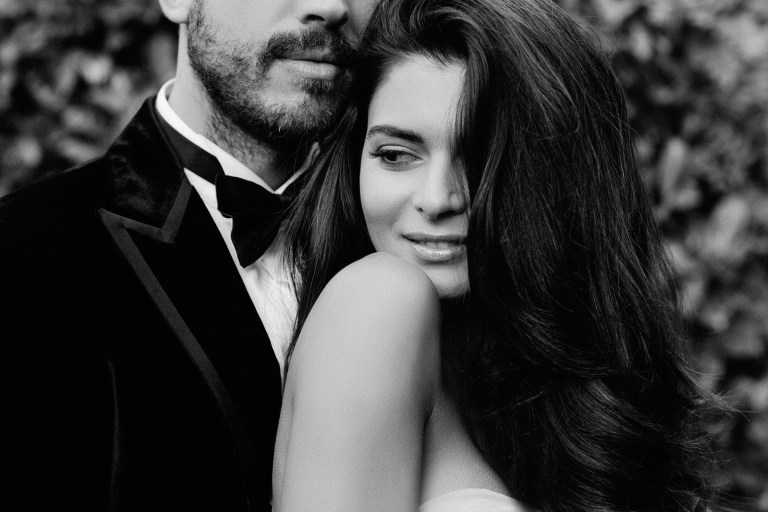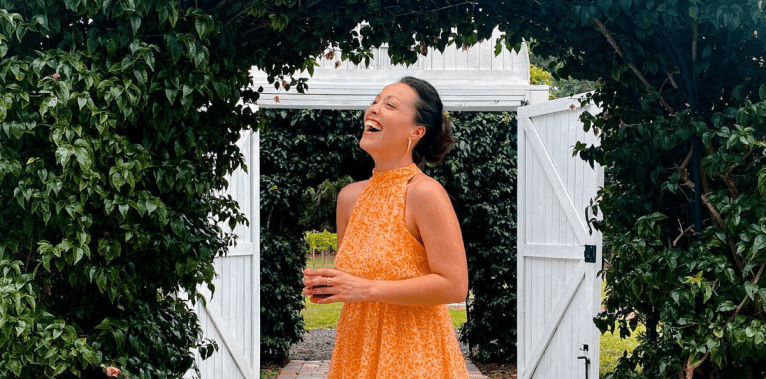I’m Still Learning How To Lean Into Hope
They call it “disaster preparedness.” The coping mechanism by which you imagine the worst possible scenario in order to brace yourself for the fallout.
By ![]() Katja Bart
Katja Bart


They call it “disaster preparedness.”
The coping mechanism by which you imagine the worst possible scenario in order to brace yourself for the fallout. In its extremes, it’s a form of faulty thinking that can cause you no small amount of grief. It’s also the thing that my therapist is trying, in vain, to break me out of.
“I don’t like it when you say that maybe things were not as bad as I was imagining them.”
“Why is that?”
“Because I don’t like false hope.”
Don’t get me wrong, hope is important. Hope is, arguably, what got me into therapy in the first place – a stubborn belief in better things, despite what my jerkbrain tells me. Hope is what saves me when my KTS flares up: when pain makes me feel like the loneliest person in the world, it is a reminder that there is something on the other side of it. It is the memory of other people’s kindness, and it is the rope I need to pull myself out of the pits.
But hope is not always what I need.
Nor is it what I think I deserve, sometimes.
Indulge me for a moment, and imagine you’re stuck in a tough situation. Your friend has been taken advantage of and is asking you not to do anything about it. Or the person you like has told you they cannot date you. Or your job has been getting more and more miserable and there is no end of the pressure in sight.
“Hope is a powerful thing, but it can also keep us stuck.”
How long would you be stuck? For me, the record has been 24 months. Unless of course, you count my stunt in grad school, which has been never-ending. I can wait and wait and wait and if I’m not careful, I will turn into a fossil before anything changes. IF it changes at all.
That’s because hope doesn’t drive change.
It seems churlish and cynical to say that, but if hope is a rope that gets me out of despair, then fury and anger are what gives me the strength to pull myself out. It doesn’t help to hesitate. Not when you know you are waist deep in shit and you know it’s not about to change.
Disaster preparedness works for a reason.
Except when everything is a disaster.
When every interaction, every change, every happy event comes with a caveat. When you never see the good in things and people. When nothing makes you happy because you are too busy trying to figure out when the next strike will come.
There are times when it’s better to lean into hope than to break our own hearts. But the more we try to prepare for disaster, the harder it is to recognize when hope is a better response.
I’m still learning what those times are.
I’m afraid I’ll never know. 




